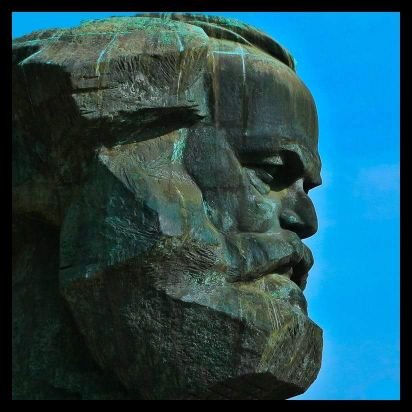Inicio
> Economía, Economía marxista > «Money and Say’s law: on the macroeconomic models of Kalecki, Keen, and Marx»: José A. Tapia
«Money and Say’s law: on the macroeconomic models of Kalecki, Keen, and Marx»: José A. Tapia
Kalecki’s model of aggregate income and aggregate spending, and their dynamic relations was very likely influenced by Marx’s schemes of reproduction. This paper argues, first, that in both Kalecki’s model and in Marx’s simple reproduction, money and credit play no role, so that rather than a monetary economy, these models portray a barter economy which follows Say’s law. Second, that Steve Keen’s recent proposition that aggregate demand is the sum of income plus the change in debt is a step toward an aggregate macroeconomic model in which the market economy is portrayed in a more realistic way. Third, that Marx’s expanded reproduction scheme somewhat forces the consideration of money in the model, which makes evident that hoarding is a basic mechanism for the creation of excess supply. Fourth, that a proper macroeconomic model that portrays the market economy without abstracting essential characteristics of it must not ignore (1) money, fulfilling its role of purchasing power reservoir, and (2) credit, as a two-edged tool that creates purchasing power in the short run and macroeconomic strain in the long run.
1. Introduction
In 1954, Michal Kalecki published his Theory of Economic Dynamics, where he claimed that key aspects of his macroeconomic views had been already presented in papers published in 1935. In a concise and elegant way, Kalecki was addressing the issue of intellectual precedence –in macroeconomic matters– over Keynes, who had published his General Theory in 1936.
In Theory of Economic Dynamics, Kalecki presented his profit equation (see figure 1 –at the end of this paper) as the corollary of a simplified macroeconomic model of a closed economy in which both government expenditure and taxation are negligible, so that the gross product is the sum of gross investment and consumption. In these conditions, gross profits equal gross investment plus capitalists’ consumption. This is Kalecki’s profit equation, which had a major impact in post-Keynesian economics.
Three decades after the profit equation appeared in the Theory of Economic Dynamics, Hyman Minsky closely followed Kalecki’s views on the determinants of profits. In his Stabilizing an Unstable Economy, to create an even more simplified model, Minsky added the assumption that capitalists do not consume, thus arriving at the notion that profits equal investment. For Minsky, the notion that profits equals investment was “a profound insight into how a capitalist economy works.”
It will be argued here that the simplifications of Kalecki’s and Minsky’s models imply major flaws in the realism of macroeconomic models. Indeed, these simplifications imply that Say’s law creeps into the model just from the assumptions. The same happens when Marx’s schemes of reproduction are interpreted in a way that has been common among Marxist economists. For Marx, in the aggregate, profits are just the same as surplus value, and many would agree –though it is wrong– that in the Marxian scheme of expanded reproduction, capitalists either use surplus value for personal consumption or invest it for further accumulation of capital. Thus, the idea that profits equal investment plus capitalist consumption would directly connect Kalecki with Marx. However, as it will be explained, Marx’s presentation of his model of expanded reproduction, though a very sketchy one, is sufficient to reveal that his model is quite different from Kalecki’s.
Recently, Steve Keen has emphasized the key role of money in our economy and has stated that aggregate demand is the sum of income plus the change in debt. This is an important step in the right direction, toward a theory of economic aggregates which does not abstract away such key elements as money and credit. But to explain why this is the case we need to come back first to the concrete presentation of the macroeconomic aggregates in Kalecki’s Theory of Economic Dynamics.
Fuente: Real-World Economics Review
Artículo completo en pdf: Money and Say’s law: on the macroeconomic models of Kalecki, Keen, and Marx
Comentarios (0)
Trackbacks (0)
Deja un comentario
Trackback



























